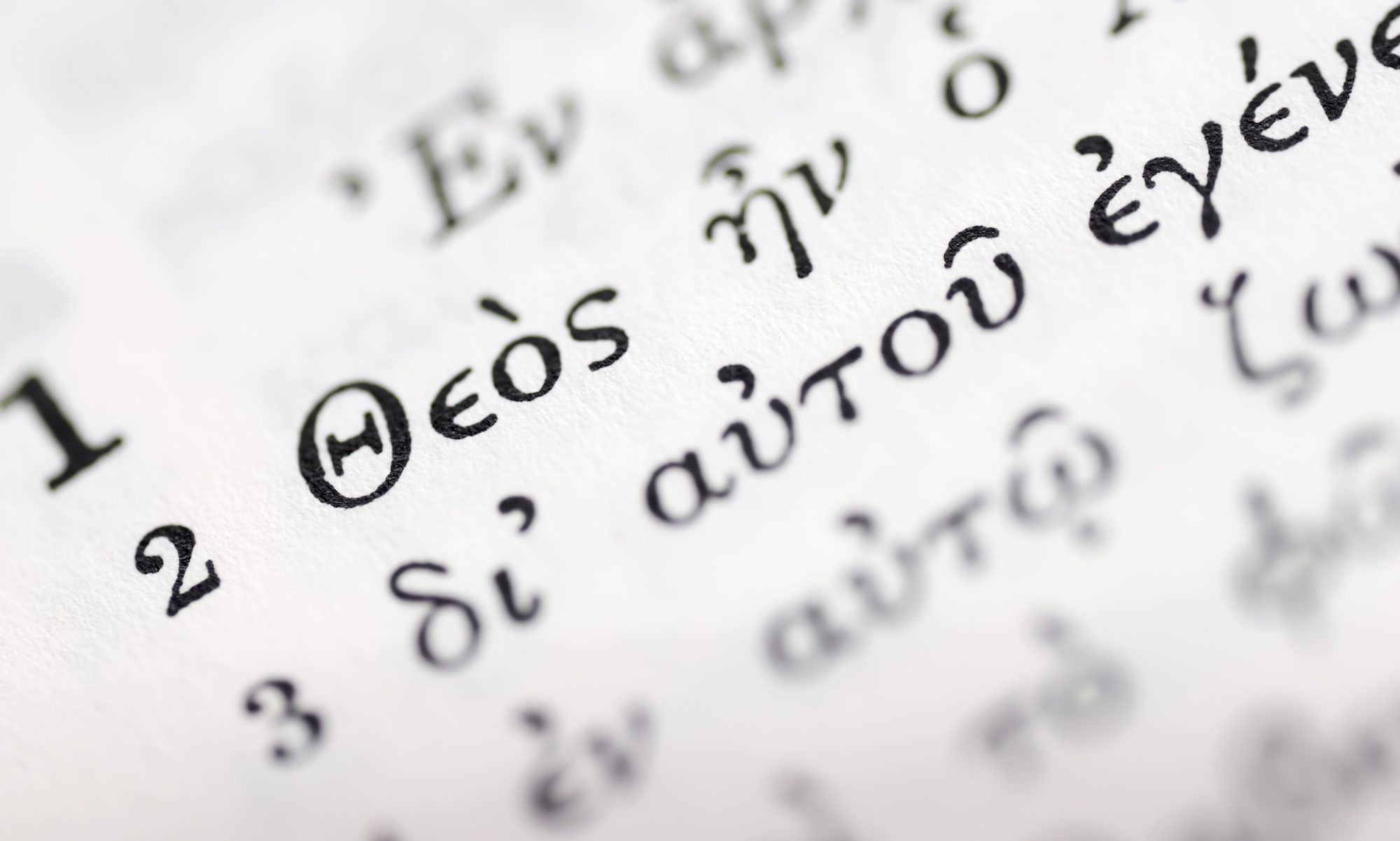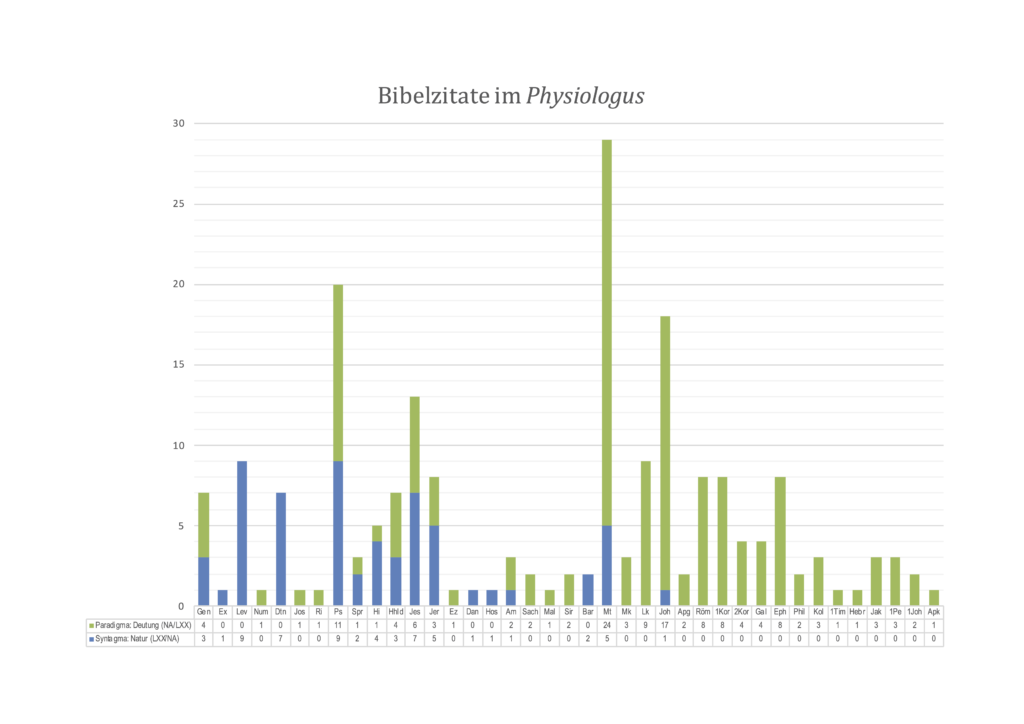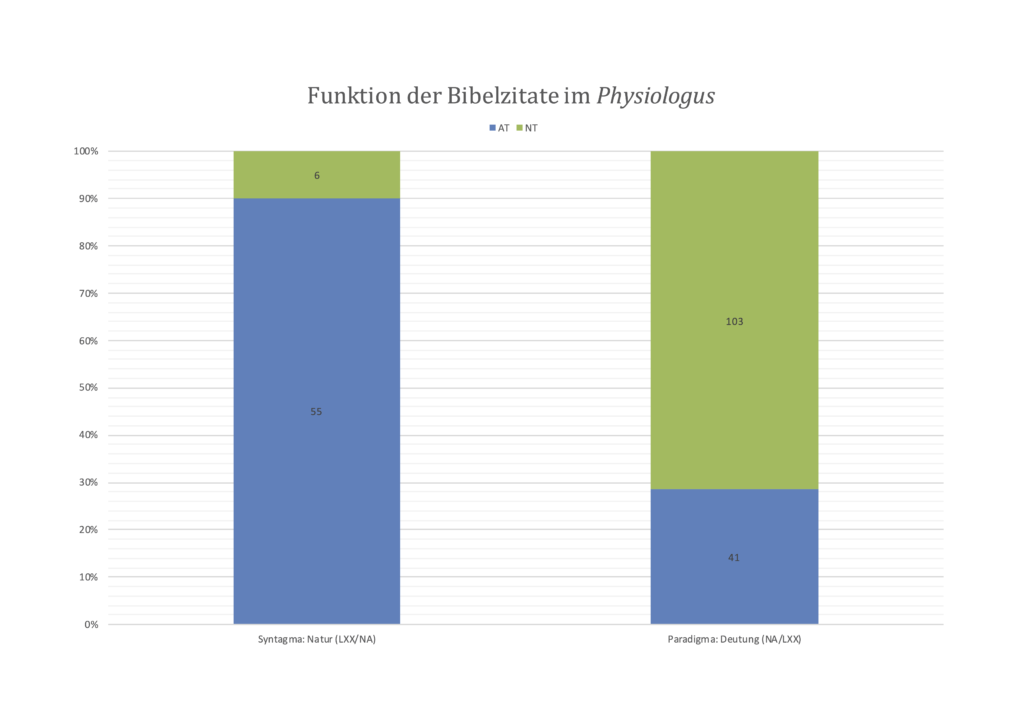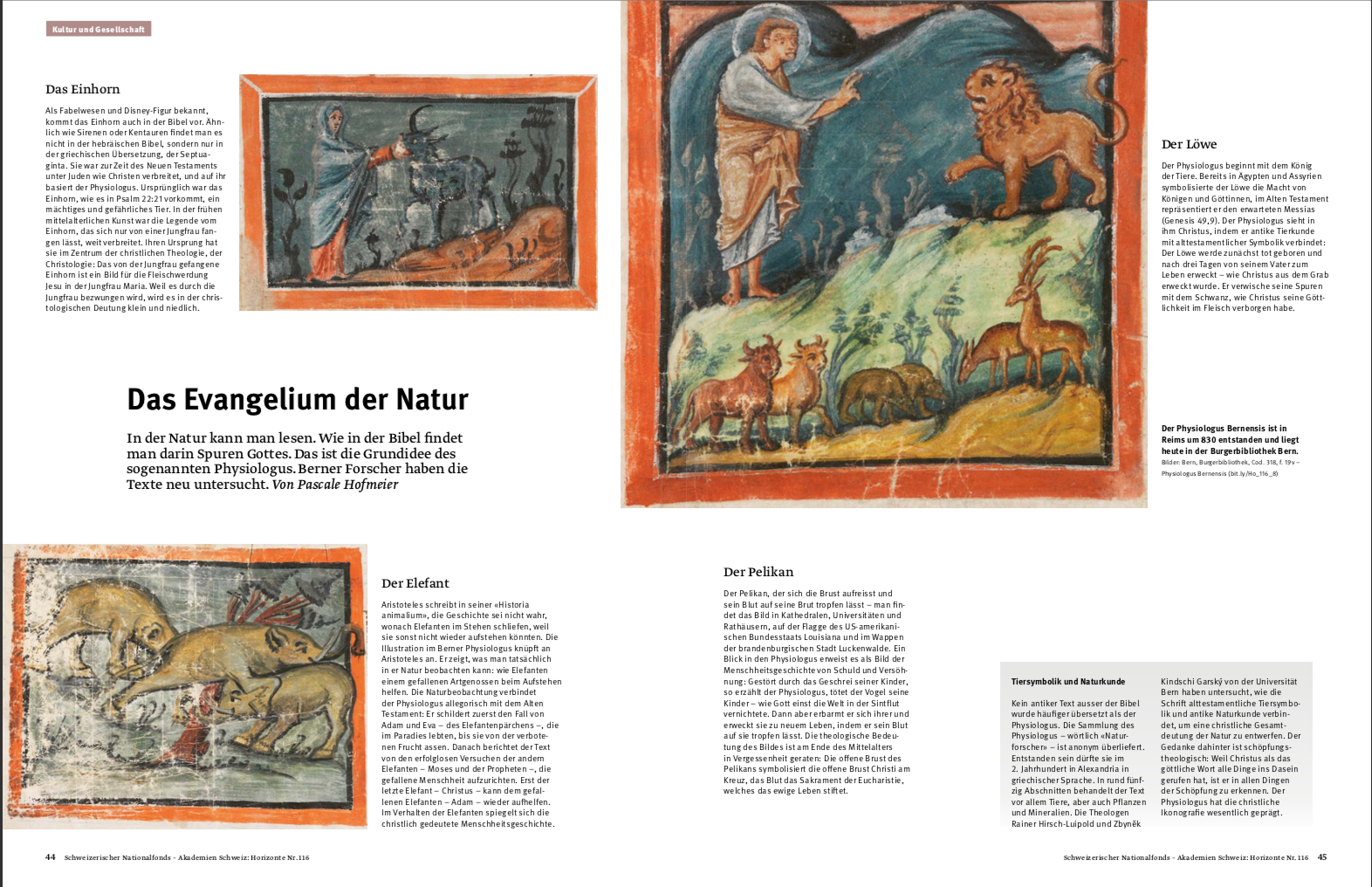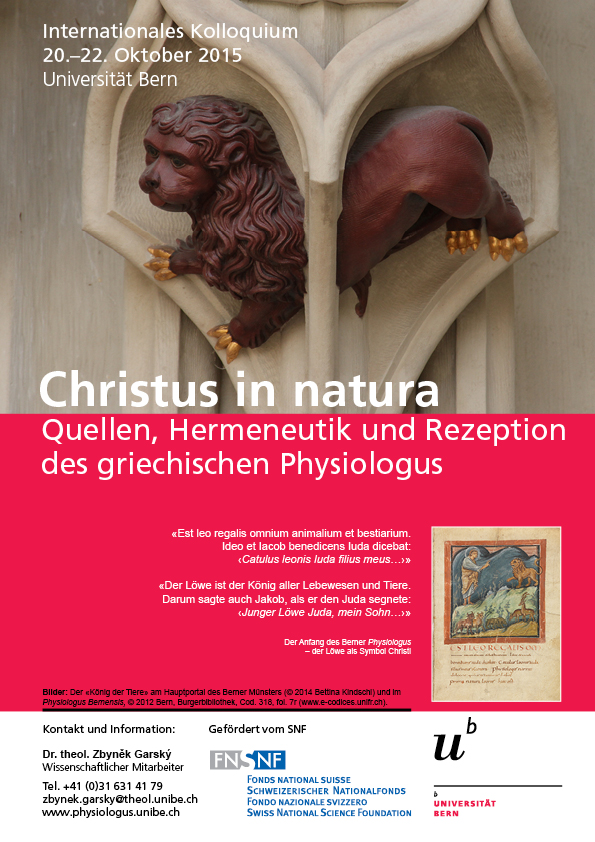Kapitel im Buch
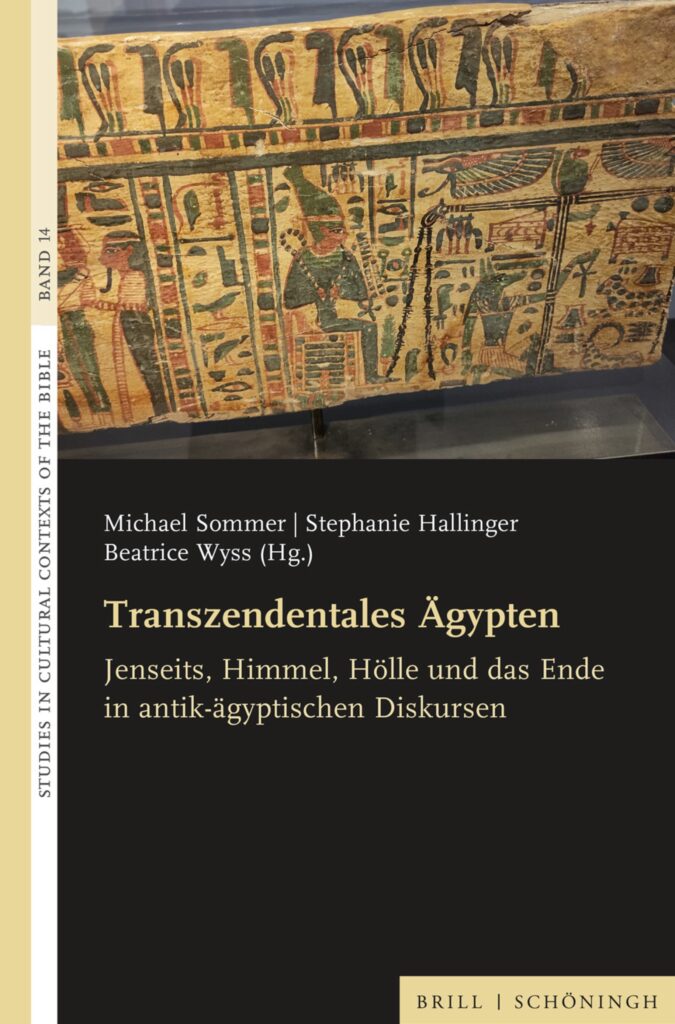
Der griechische Physiologus und die ägyptischen Wurzeln der frühchristlichen Naturdeutung, in: M. Sommer/S. Hallinger/B. Wyss (Hgg.), Transzendentales Ägypten. Jenseits, Himmel, Hölle und das Ende in antik-ägyptischen Diskursen. Studies in Cultural Contexts of the Bible (SCB), 271–292, Leiden: Brill 2024, https://doi.org/10.30965/9783657790760_014 (Open Access).
Abstract: Der Schmelztiegel des antiken Ägypten begünstigt die Entstehung spezifischer und charakteristischer Ideen über die Sphäre zwischen Tod und Jenseits: Vom ptolemäischen Ägypten bis zur Islamisierung in der Spätantike begegnen und durchdringen sich kulturelle Diskurse an den Schnittstellen zwischen ägyptischen, römisch-hellenistischen, jüdischen, christlichen und islamischen Denkwelten. Der Tagungsband untersucht transkulturelle Parallelen und Differenzen zwischen Vorstellungen über Diesseits, Jenseits und Transzendenz, die im antiken Ägypten entstanden und deren komplexe Rezeptionsgeschichte unser Denken bis in die Gegenwart hinein prägt. Die Beiträge nähern sich Wurzeln und Nachwirkung christlich-ägyptischer Traditionen aus Sicht der Ägyptologie, Alten Geschichte, Philologie, Philosophie, Theologie, Koptologie und Kunstgeschichte und veranschaulichen, wie historische Forschung zur Entstehung von Bildern und Ideen über Tod und Jenseits zum Verständnis moderner Lebenswelten beitragen.
